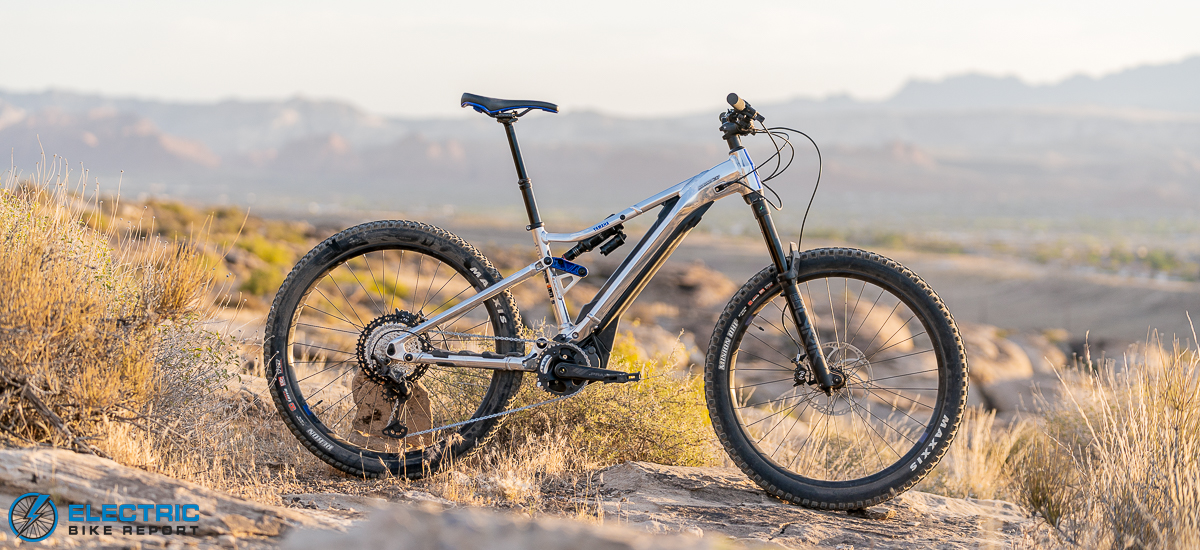

Judging simply by the RipRacer’s size, looks, and powerful 750W rear-hub motor, we assumed that speed was going to be bike’s main draw. To validate that assumption – and trust me, it was validated! – we performed a Speed Test to determine how fast it could go at each of its pedal assist system (PAS) settings. During this test, I pedaled the bike along a predetermined course on our local multi-use paths, and maintained a casual level of effort throughout.
With no motor assistance, the RipRacer proved difficult to pedal and slow to get up to speed; I measured 10.4 miles per hour. The bike has 5 PAS settings, which are somewhat oddly named/numbered (Eco mode, PAS 1, PAS 2, PAS 3, and “S” or Sport mode). Eco mode provided a minimal but still helpful boost, allowing me to reach 14.2 mph. I was able to enjoy a brisk and fun ride as I continued through PAS 1, 2, and 3 with 17.5 mph, 21.2 mph, and 23.6 mph respectively. I measured a top speed of 25.1 mph in Sport mode, though there is one caveat to explain.
The RipRacer uses a single-speed drivetrain with a 52T chainring and a 12T cog on the freewheel. It also makes use of a cadence sensor to engage and maintain motor output. I found the bike could speeds rapidly and seemed to be more easily affected by small changes in elevation (slight downhill sections increased speed significantly).
I burned through about half of the battery charge before adapting to these challenges, and as with all e-bike batteries (and all batteries in general), voltage output drops as battery charge is depleted. For this reason, the speeds I measured were slightly below the bike’s capabilities when its battery is full; to use the most extreme case as an example, my top speed in Sport mode with a full charge was closer to 26.5 or 27 mph.
Note that Sport Mode is the bike’s Class 3 setting, with a limit of 28 miles per hour through pedal assist. The RipRacer can be unlocked to add a sixth unrestricted PAS setting called Race Mode (just “R” in the display), though I did not personally notice any real difference in top speed capability. Weight may be a factor here, however – I weigh around 200 lbs, and the bike may be able to carry a lighter rider up to a faster speed.
Overall, I was extremely happy with the RipRacer’s results; its power output seemed very well distributed throughout its five standard PAS settings, and while it never quite reached 28 miles per hour in my experience, I didn’t feel like I was missing out. With a 52-volt electrical system and a motor with 750 watts of nominal output (1,300 watts peak!!!) the bike felt like rocket! Even that amount of nominal output is substantial for a bike of this size, and the 52-volt system allows the motor to draw juice from the battery extremely quickly. This gave the RipRacer thrilling speed and forceful acceleration, making it a thoroughly fun bike to ride.






